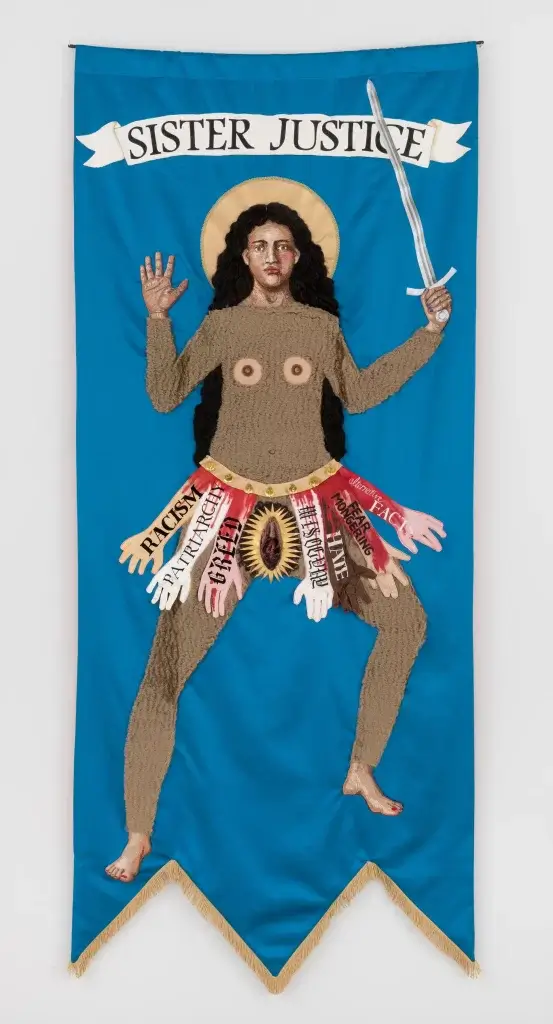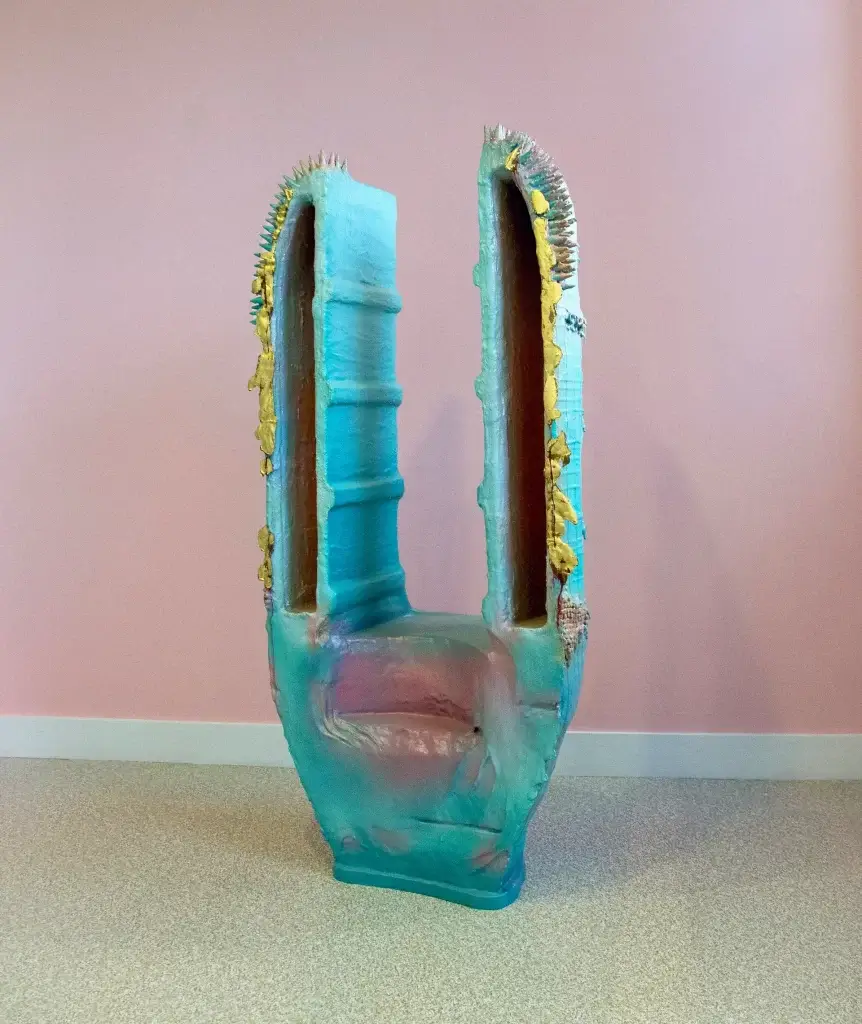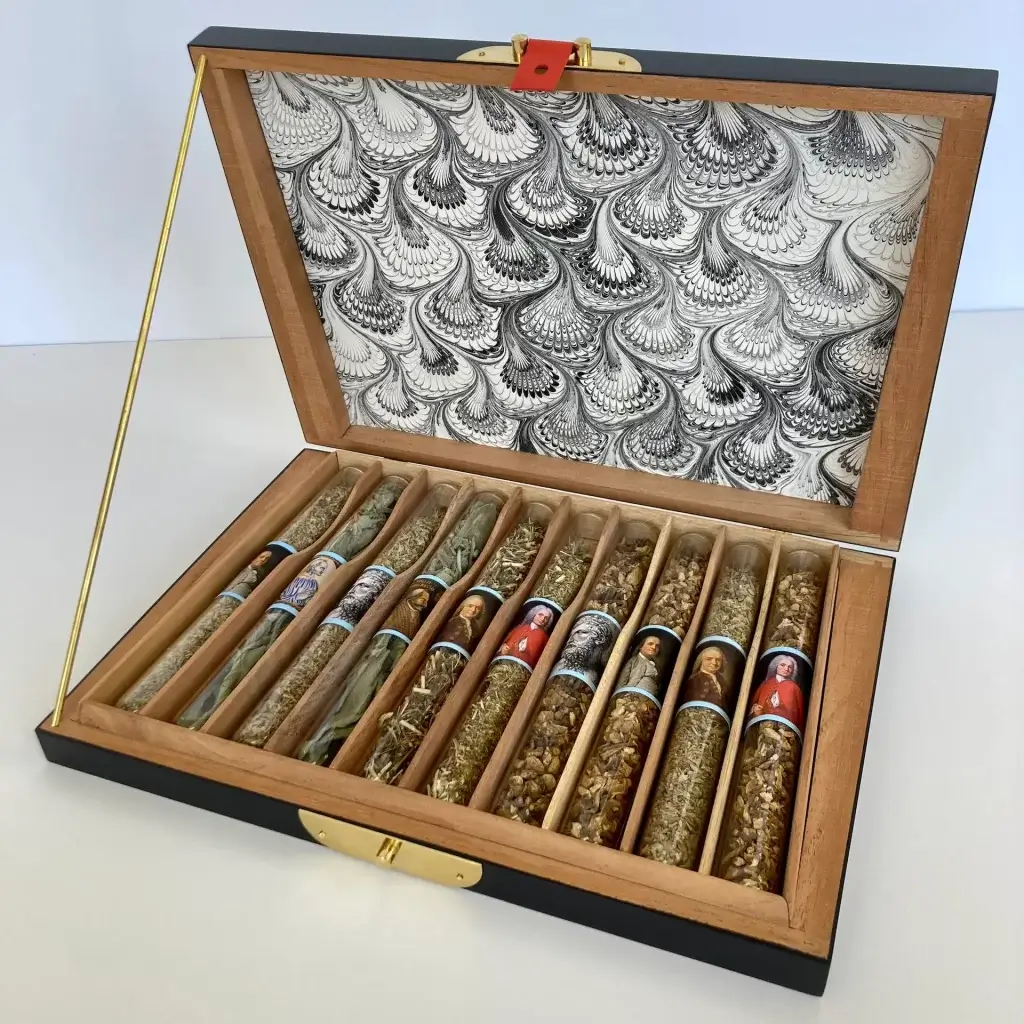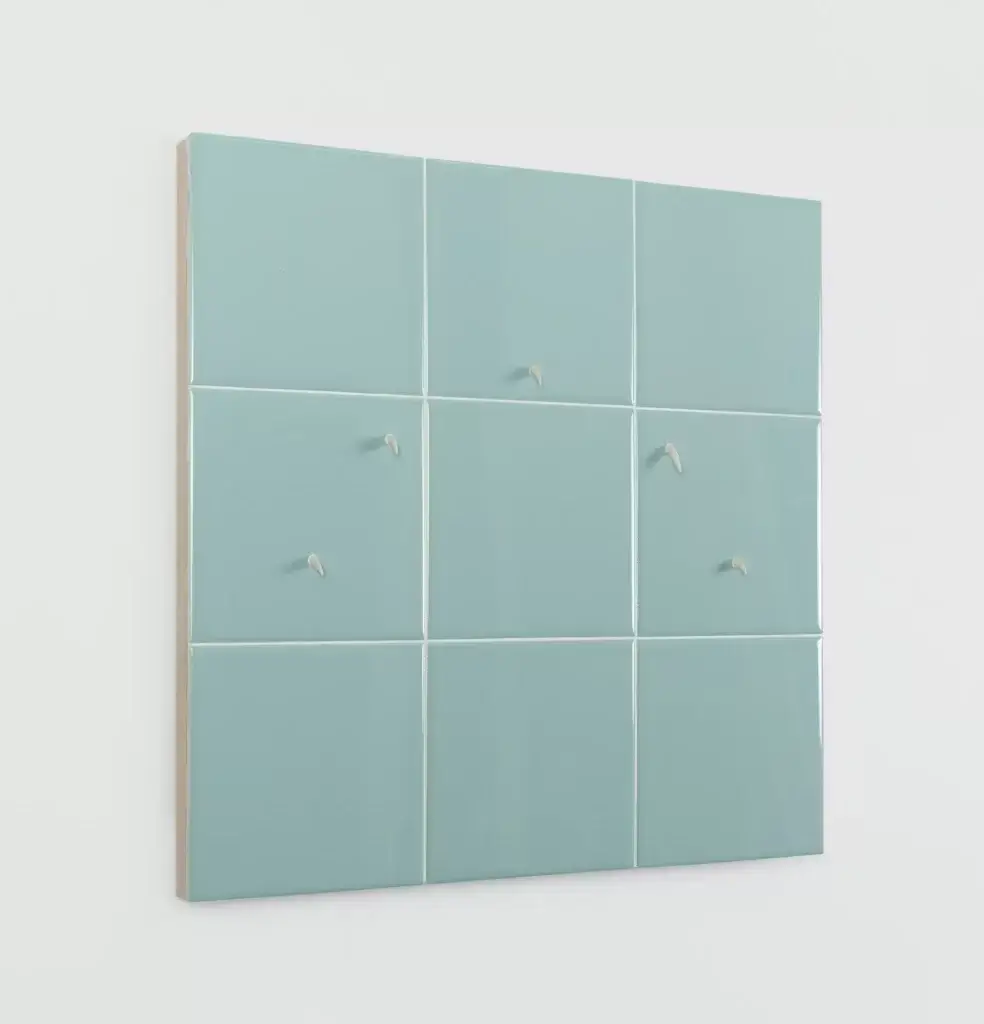In the midst of the 2024 U.S. presidential election and ongoing debates over reproductive healthcare, a powerful art exhibition in Dallas, Texas, is tackling one of the most urgent issues of our time—abortion access and reproductive freedom. The exhibition, titled Is It Real? Contemporary Artists Address Reproductive Freedom, brings together the voices and works of artists from the American South and marginalized communities, giving visibility to the fight for bodily autonomy in regions where it is most at risk.
Curated by Emily Edwards and Sara Hignite, and organized by Hignite Projects, the exhibition runs until October 26, 2024, at a crucial moment in American politics. As reproductive rights are increasingly restricted in many states, and the Supreme Court’s 2022 decision to overturn Roe v. Wade still reverberates across the country, Is It Real? aims to confront these issues head-on. Through the lens of contemporary art, the show seeks to raise awareness, foster dialogue, and provide much-needed funds for organizations supporting reproductive healthcare in Texas and beyond.
A Southern Perspective on Reproductive Rights

One of the key aspects that sets Is It Real? apart from other exhibitions about reproductive rights is its focus on Southern voices. The show highlights the lived experiences of people in states like Texas, where bodily autonomy is increasingly under threat. For curators Edwards and Hignite, centering the exhibition in the South sends a powerful message. In a joint statement, they emphasized the importance of showcasing diverse viewpoints from the region, noting that the South is far from monolithic when it comes to abortion access and reproductive healthcare.
“There seems to be a misconception in major coastal cities that Southerners are somehow a monolith and we are all anti-abortion. That could not be further from the truth. We are down here fighting for our lives,” Edwards and Hignite explained. This sentiment is at the heart of the exhibition, which seeks to dismantle stereotypes and bring attention to the urgent fight for reproductive rights in areas where access to healthcare is most limited.
Raising Awareness Through Art

The exhibition features works from nearly 30 artists, many of whom have personal ties to the region or are part of marginalized communities affected by these restrictive laws. The artists use their work as a medium to express both the personal and collective struggles for reproductive freedom. The title of the exhibition, Is It Real?, is inspired by Juanita McNeely’s 1969 painting Is It Real? Yes It Is!, a visceral piece reflecting the artist’s own experience with abortion before it was legalized by the Roe v. Wade decision in 1973.
The exhibition not only serves as a platform for these artistic voices but also raises funds for organizations like the Texas Equal Access Fund (TEA Fund) and the Afiya Center, both of which provide critical support to those seeking reproductive healthcare in Texas. Other partners include the American Civil Liberties Union (ACLU) of Texas, Texas Abortion Advocacy Network, Planned Parenthood Advocates of Texas, and the Goss-Michael Foundation.
Art as Activism: Confronting Censorship and Legal Barriers
Is It Real? brings together artists who boldly confront issues of censorship and legal challenges surrounding abortion access. One such artist is Lydia Nobles, whose work has faced censorship in other exhibitions due to the sensitive nature of her subject matter. In 2023, four of Nobles’ pieces were removed from a show in Idaho after they were deemed to violate the state’s No Public Funds for Abortion Act, which prohibits public funding for abortion-related discourse. Nobles’ sculptures and documentary works, which focus on personal stories of people’s abortion experiences, are a poignant reminder of how reproductive rights discourse is often suppressed.
In Is It Real?, Nobles’ work finds a home alongside other bold artistic statements. One notable contribution is from the Guerilla Girls BroadBand, who created a new commission designed to be used as an advertisement in Dallas’ public transportation system, the Dallas Area Rapid Transit (DART). The ad, a road sign that lists the distances to cities where abortion services and reproductive healthcare are still available, was rejected by DART for being too political. This rejection, in itself, highlights the barriers faced by those advocating for reproductive rights in conservative regions.
The Power of Satire: Cynthia Mulcahy’s Daddy (War Garden Series)

Dallas-based artist Cynthia Mulcahy also contributes a thought-provoking piece to the exhibition, titled Daddy (War Garden Series). The work features a lacquer box resembling a sleek James Bond-like travel case, filled with glass tubes that resemble cigars. Inside each tube is an image of a famous man, such as Benjamin Franklin or Pope John XXI, who historically published guidelines on preventing or terminating pregnancies using plants. Mulcahy uses satire to critique the historical and ongoing influence of male-dominated institutions over women’s reproductive rights.
“I want to draw in viewers with a James Bond-like travel case for the botanical agents,” Mulcahy explains. “At the same time, Daddy is a parody of the necessity of any man’s advice about our reproductive lives.” Her work underscores the absurdity of laws that criminalize people seeking basic healthcare, while also pointing to the necropolitics—laws that determine who has the right to live or die—underpinning these restrictions.
Personal Stories and the Intersection of Reproductive and Trans Rights
For Dallas-native artist Elliot Doughtie, the exhibition holds personal significance. Doughtie, who left Texas over a decade ago due to the lack of healthcare access and threats to personal safety, reflects on the intersection between anti-trans legislation and reproductive rights. As a trans person, Doughtie’s experience highlights how attacks on bodily autonomy impact multiple marginalized groups, particularly trans and non-binary individuals.
“The lack of access to healthcare that I need and the threat to my personal safety is top of the list of reasons I left [Texas],” Doughtie says. “Anti-trans legislation aims to erase trans people from public life. It is directly tied to the erasure of the right to bodily autonomy and self-determination.” Doughtie’s contribution to the exhibition speaks to the dual struggle for reproductive rights and trans rights, both of which are fundamentally about the right to control one’s body.
Building Community Through Art
At its core, Is It Real? is about more than just highlighting the political and legal battles over reproductive rights—it’s about building a sense of community and solidarity. Edwards and Hignite emphasize that by sharing their stories and perspectives, the artists in the exhibition are helping others who may feel isolated by these issues. The exhibition fosters a space where people can connect over shared experiences and work together to advocate for change.
“In a region where discussing reproductive rights can lead to backlash or even personal risk, these artists boldly place themselves at the forefront of this conversation,” Edwards and Hignite said. “By sharing their experiences and perspectives, they not only illuminate the complexities of reproductive rights but also foster a sense of community and understanding among those who may feel isolated by these issues.”
The Road Ahead: Reproductive Rights in the Spotlight for the 2024 Election

As the 2024 U.S. presidential election draws closer, reproductive rights remain at the forefront of political discourse. With many states enacting increasingly restrictive abortion laws, exhibitions like Is It Real? play a crucial role in raising awareness and advocating for change. Through the power of art, the exhibition challenges misconceptions, confronts censorship, and highlights the urgent need for action.
For those in Texas and other states where abortion access is restricted, the fight for reproductive freedom is more urgent than ever. Is It Real? reminds us that art can be a powerful tool in this fight, providing both a platform for marginalized voices and a means of raising funds to support those on the front lines.
Conclusion
Is It Real? Contemporary Artists Address Reproductive Freedom stands as a bold statement in the ongoing struggle for reproductive rights. By bringing together Southern voices and marginalized perspectives, the exhibition challenges stereotypes, confronts censorship, and highlights the importance of bodily autonomy. As the 2024 election looms, the exhibition serves as a powerful reminder that the fight for reproductive freedom is far from over, and that art can play a vital role in raising awareness and fostering change.
Struggling to bypass AI detection with your content? Discover [https://aiseo.ai/AI-tools/bypass-ai.html], the ultimate solution for crafting AI-undetectable, unique content effortlessly. Boost your creativity and stay ahead in the game with AIseo’s cutting-edge tool. Click now and revolutionize your content strategy!
























